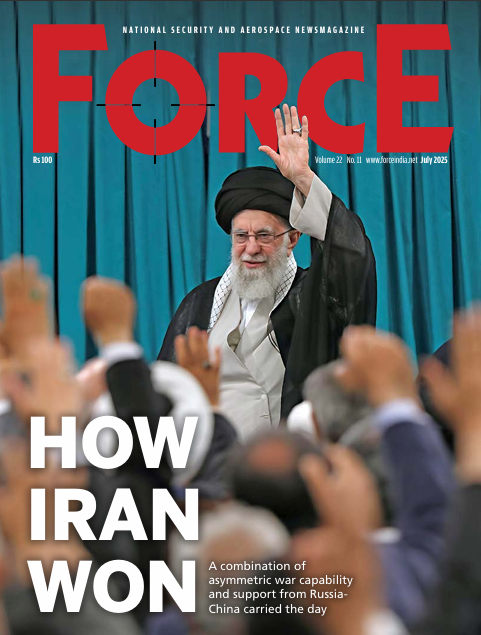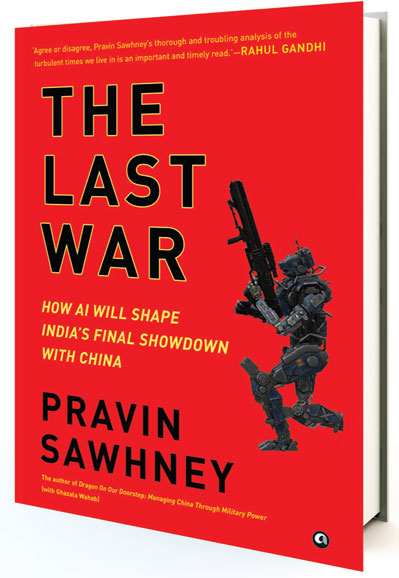Costly Indigenisation
Mohammad Asif Khan
On 5 March 2024, defence minister Rajnath Singh launched the Acing Development of Innovative Technologies with iDEX (ADITI) scheme at DefConnect 2024 in New Delhi. This scheme aimed to bolster the Make in India initiative by supporting startups focused on defence technologies. With a budget of INR 750 crore and grants of up to INR 25 crore for research and development, the initiative sought to enhance India’s indigenous defence production through increased financial backing and structured support, fostering innovation and domestic manufacturing.
In recent years, the Indian government has implemented various policy measures and investments to boost the Make in India initiative in indigenous defence manufacturing. These measures have yielded significant results, reaching USD 2.5 billion (INR 20,915 crore) in the fiscal year 2023-24, as revealed by the Economic Survey 2023-24 presented by finance minister Nirmala Sitharaman in the Lok Sabha. However, this push for indigenisation has inadvertently increased the cost of production for certain weapon systems by a hefty 30 to 40 per cent.
India’s Make in India initiative, launched in 2014 by Prime Minister Narendra Modi, aimed to transform India into a global manufacturing hub. While the initiative spanned various sectors, a significant focus was placed on bolstering the nation’s domestic defence manufacturing capabilities. The primary goal was to reduce dependency on foreign arms suppliers and build a robust indigenous defence industry. However, recent analyses indicate that this initiative has inadvertently increased the cost of certain weapons system’s direct procurement from foreign vendors.
Technology Transfer Costs
A core component of the Make in India initiative involves collaborating with foreign original equipment manufacturers (OEMs) to facilitate technology transfer. This process, while essential for building indigenous capabilities, incurs substantial costs. Indian companies, often inexperienced in complex defence manufacturing, require extensive technical assistance and training from foreign OEMs. These services translate into licensing fees, technology transfer costs and profit margins for foreign companies, ultimately inflating the final price of weapon systems.
The Su-30MKI fighter jets provide a clear example of these costs. Initially purchased from Russia, these jets were later produced domestically under license. The technology transfer involved significant expense. According to reports, the cost of manufacturing each Su-30MKI in India is significantly higher than importing them directly. This increase was due to technology transfer fees, training costs and the need for continuous technical support from Russian experts.
Indian companies, often new to complex defence manufacturing, require extensive technical assistance and training from OEMs. This expertise translates into licensing fees and technology transfer costs, which can drive up the overall price of the equipment. For instance, the Rafale fighter jet deal included a substantial Make in India component, necessitating Dassault Aviation to invest in Indian defence manufacturing. This involved setting up production facilities, training Indian engineers and transferring technology, all of which added to the overall cost of the jets. Similarly, the joint venture between India and Russia to produce AK-203 rifles in India faced increased costs due to the expenses associated with establishing the manufacturing plant, training Indian personnel and ensuring quality control to meet the standards of the original Russian design.
Economies of Scale
Economies of scale play a crucial role in the defence procurement process, significantly impacting the cost and efficiency of weapon systems production. Established foreign vendors often have the advantage of producing large quantities of specific weapon syst
Subscribe To Force
Fuel Fearless Journalism with Your Yearly Subscription
SUBSCRIBE NOW
We don’t tell you how to do your job…
But we put the environment in which you do your job in perspective, so that when you step out you do so with the complete picture.








